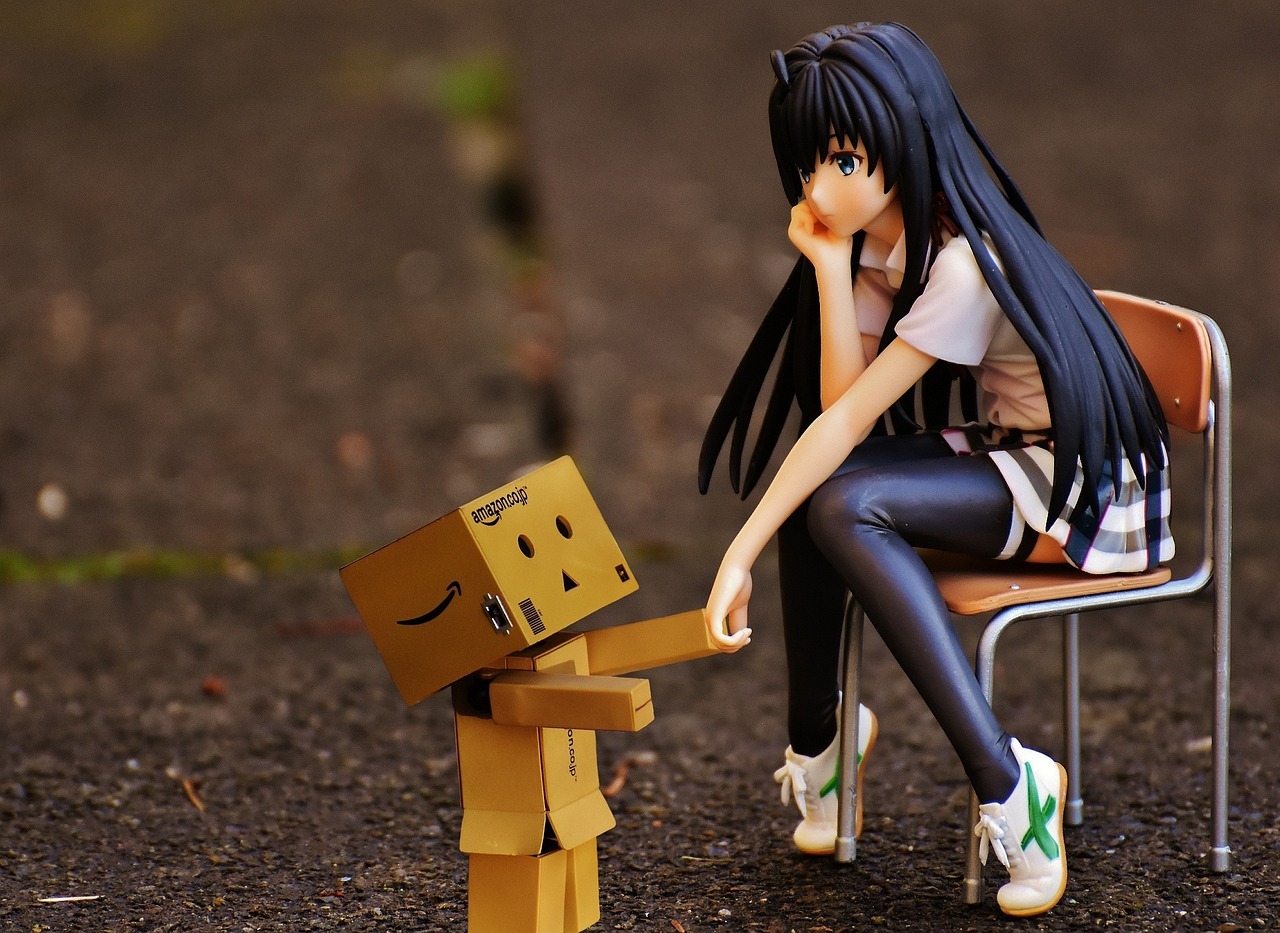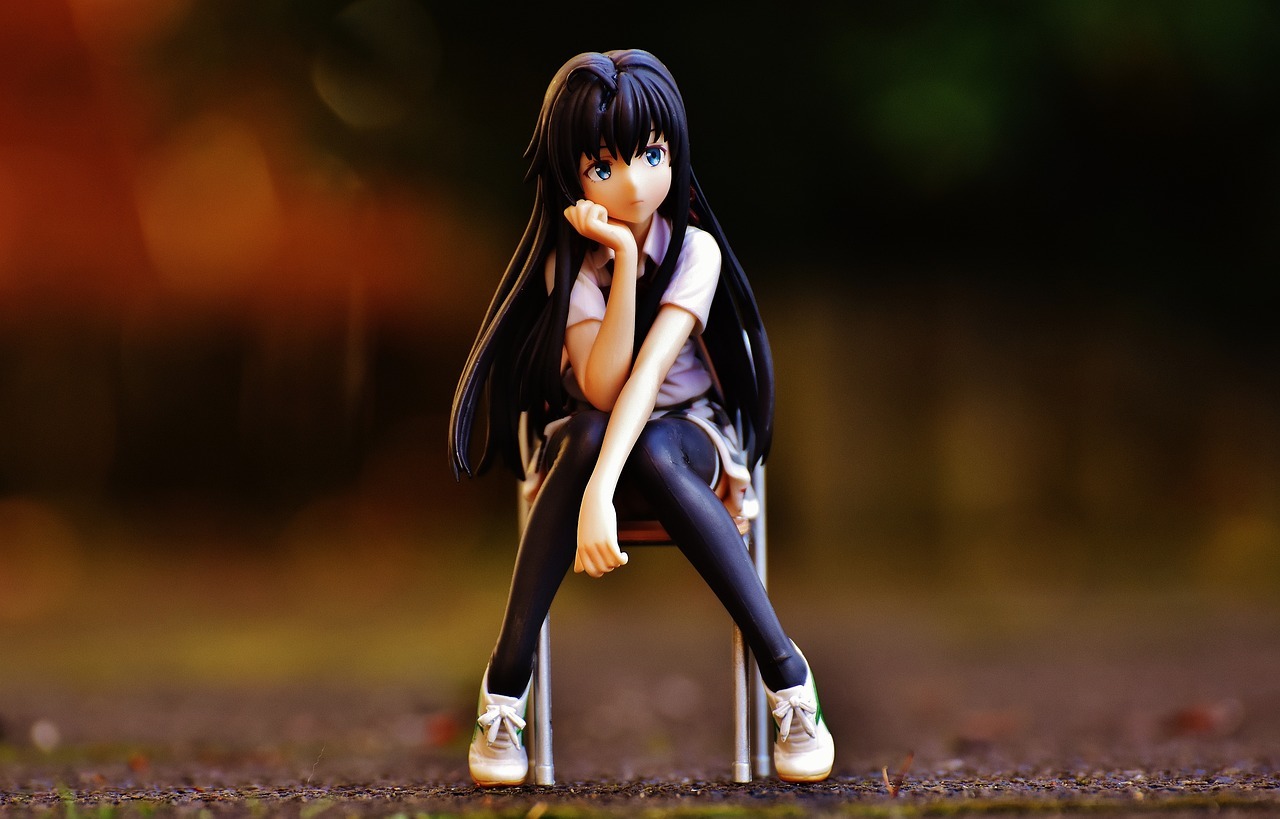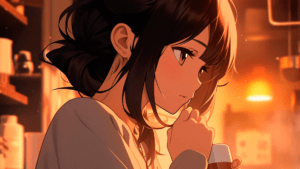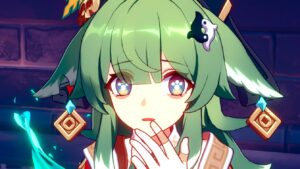A part of Japanese culture since anime and manga have been waifus. Learn about the origins of waifus, and about their various types, while also understanding how to engage with waifu culture respectfully.
In this article, we discuss:
- In this article, we discuss
- What is a Waifu? What is a anime wife called?
- The History and Origins of Waifus
- Exactly what makes a Waifu so special?
- What are the different types of Waifus?
- The Waifu culture
- How to Engage with Waifu Culture
- The Best Waifu for You
- The Dark Side of Waifu Culture
What is a Waifu? What is a anime wife called?
“Waifu” is the Japanese term for a fictional female character that people have a deep emotional connection with. It may be platonic or sexual in nature and may range from admiration to love. Fans of anime and manga often view waifus as idealized representations of femininity, developing deep emotional attachments to them.
The History and Origins of Waifus
Waifu is derived from the Japanese word “wife”, and originally meant a character a fan deemed their wife in a manga or anime series. Japanese culture has long embraced the concept of waifus as love interests, dating back to the 1970s.
In the 1990s, anime and manga fans began referring to one another as waifus. ‘Waifu’ was first identified in the 1980s. The term became more widely known and accepted within the anime community only in the late 2000s.
This surge in popularity was a result of social media platforms, which allowed fans to share their love for waifus with a wider audience. Therefore, waifus became more than just personal preferences – they became a way for fans to connect with one another and share their love of anime.
Exactly what makes a Waifu so special?
So what makes a waifu so special, and why do anime fans love them so much? Often it’s about the emotional connection people have with their favorite characters.
Waifus are more than just fictional characters – they’re a source of comfort, a companion, a confidant. There’s something endearing about waifus, whether it’s their quirky personalities, sweet quirks, or unwavering loyalty.
Waifus are not just popular in anime fandom because of their emotional appeal. The physical appearance of waifus is another factor in their popularity, as many fans are drawn to characters with distinctive features, such as brightly colored hair, oversized eyes, or distinctive outfits.
Moreover, waifus are frequently portrayed as independent, strong, and capable characters, which can empower their fans. A waifu can represent an ideal version of someone, or someone they aspire to be.
What are the different types of waifus?
Waifus come in many different types, from cute and innocent to strong and independent. Among the most popular waifus types are:
- Moe
- Tsundere
- Yandere
- Onee-san
- Imouto
Moe Waifu
Moe Waifus: Often seen as vulnerable and in need of protection, cute and innocent characters.
There is nothing more adorable, innocent, and devotional than the Moe Waifus. They are usually depicted as young girls with big eyes, colorful hair, and cute outfits. The characters of these anime series have captured the hearts of otakus worldwide.
Moe in Japanese refers to affection toward fictional characters, especially young, cute girls. In the early 2000s, anime series such as K-On!, Lucky Star, and Haruhi Suzumiya made Moe Waifus popular. Otakus around the world were drawn to these series for their cute, innocent, and loyal female characters.
As a result, Moe Waifus have become a staple of anime culture and have spawned countless merchandise, fan art, and even dating simulators.
Fans have developed deep emotional attachments to characters, and entire communities have sprouted up around them.
(Lucky Star)
Tsundere Waifu
Tsundere Waifus: A character who initially seems cold and distant but eventually warms up to his or her admirer.
This is the appeal of tsundere waifus; tsundere waifus are characters who appear cold and distant to the protagonist at first, but eventually, warm up to them. Tsundere is a combination of “tsuntsun” (meaning “aloof” or “cold”) and “deredere” (meaning “lovey-dovey”). Often in response to the protagonist’s actions or words, this archetype switches between these two opposing personalities.
Anime fans love tsundere waifus because of their complex, multi-dimensional personalities. While they might seem cold and unapproachable at first, their eventual softening and affectionate behavior towards the protagonist makes them incredibly endearing. Seeing tsundere waifu open up and express their emotions draws fans to the challenge of winning them over.
Tsundere Waifus can be hard to understand if you’re new. Tsundere waifu’s initial hostility is often a defense mechanism. When you get to know them better, you’ll see they have a softer side.
(Asuka Langley – Evangelion)
Yandere Waifu
Yandere Waifus: characters who are initially sweet and loving, but exhibit violent and possessive behavior towards their admirer.
What Are Yandere Waifus? Yandere waifus are characters that behave in extreme and violent behaviors toward their love interests. The obsession develops into possessive, jealous, and violent behavior, including verbal abuse, stalking, manipulation, and even murder towards anyone who gets too close to their love interest.
Fans of anime and manga have been following yandere waifus despite their problematic behavior. A yandere waifu’s appeal may be due to their complicated personalities and tragic backstories. Others enjoy the danger and excitement of being pursued by one. Some see yandere waifus as a way to escape monotony and enjoy a different kind of love.
Originally, Yandere waifus were featured as dark and complex characters in Japanese visual novels as well as in anime and manga. The term “Yandere waifus” refers to characters who are mentalally ill and also refers to the character’s sweetness and loveliness. In recent years, Yandere waifus have become increasingly popular in anime and manga.
Yandere Waifus: While their appeal cannot be denied, their behavior is undeniably problematic.
Yandere waifus often perpetuate harmful stereotypes about mental illness and depict violence as an acceptable expression of love. People’s perceptions of relationships and mental health can be negatively affected by the glorification of such toxic behavior. This type of behavior is not romantic, and it is not healthy.
Fans’ Responses to Yandere Waifus; ‘Scholars’ and fans disagree about the impact Yandere waifus have on fans. In a safe and controlled environment, yandere waifus can allow fans to explore complex emotions and relationships.
It is also crucial to remember that not everyone can differentiate between fantasy and reality, and some fans may take Yandere waifus too seriously.
(Akane Hiyama – Renai Boukun)
Onee-san Waifu
Onee-san Waifus: Characters who are older sisters or maternal figures who comfort and guide their admirers.
The popularity of the Big Sister Wife Trope; The Onee-san Waifu trope is a type of character in anime and manga that usually depicts a woman who is older than the protagonist and acts as a big sister figure. The protagonist often looks up to her, and she’s portrayed as a caring, nurturing, and mature character. She’s also romantically interested in the protagonist, so she’s both a supportive figure and a love interest at the same time.
Onee-san Waifu’s Appeal; The anime and manga Onee-san Waifu is a big hit. Why is it so popular? One reason is the comfort and security the character gives.
This dynamic can be especially appealing to younger viewers who might be looking for guidance and support in their own lives. As a protector and guide, the character makes the protagonist feel safe and stable.
Onee-san Waifus are often portrayed as people who have been through life and learned from it. As a romantic partner, this creates a sense of admiration and respect for the character.
The Onee-san Waifu trope has become a popular theme in many anime and manga series and has inspired many figurines, posters, and cosplays.
Some have criticized Onee-san Waifu for portraying older women as maternal figures who are romantically involved with younger men. Others say it’s just a harmless fantasy that lets fans indulge their romantic fantasies.
(Vermeil In Gold Anime)
Imouto Waifu
Imouto Waifus: Younger sisters or little sisters, often cute and innocent.
What Are Imouto Waifus? The term “Imouto” is Japanese for “little sister,” and “waifu” describes a fictional character a person has a romantic attraction to. Fans typically have a romantic connection to Imouto waifu characters, often to the point of romantic attraction. They are usually cute, innocent, and loyal to their older siblings. Video games, anime, and manga often feature Imouto Waifus.
An Imouto waifu’s innocence and vulnerability appeal to fans. They’re often depicted as innocent, naive, and in need of protection, making them endearing to fans who wish to protect and care for them. Their charm and appeal are often enhanced by their childlike character and delicate nature.
Anime and manga portray Imouto waifus as loyal, loving, and devoted to their older siblings because Japanese culture emphasizes the close bond between siblings.
The Imouto waifus also offer a fantasy of protection and caregiving. Fans can imagine themselves as guardians and caregivers for their favorite Imouto waifu characters. For fans who feel powerless or out of control in real life, this fantasy can appeal to them.
(Ai Hinatsuru – Ryuuou no Oshigoto!)
Waifu Culture
With waifu culture becoming an integral part of anime and manga fandom, fans have developed strong emotional connections to their favorite characters. As a result, fan art, merchandise, and cosplay based on popular waifus have been created. Fans can debate and discuss which character is the “best” waifu based on how attached they are to them.
An emotional attachment can range from just liking a character’s personality and appearance to feeling an intense emotional connection that rivals real-life relationships.
A waifu isn’t just for male anime and manga fans. Female fans also have their own version called a “husbando,” which refers to a male anime or manga character they love.
There are a lot of popular waifus in anime and manga, including Asuna from Sword Art Online, Rem from Re:Zero, and Saber from Fate/stay night. Their popularity has led to more merchandise, cosplay, and fan art.
Waifus are related to the otaku subculture. Many anime and manga fans are otaku, which is a term that refers to people who are obsessed with anime, manga, and Japanese culture. A lot of otakus have become attached to waifu culture and have developed a sense of community among them.
The Best Waifu for You
The decision to select your own anime companion is highly personal, and there aren’t any hard and fast rules. However, keep a few things in mind when making your choice.
First, think about your own personal preferences. Do you prefer waifus with bubbly personalities or ones with a more serious demeanor? Do you like characters with certain physical features?
Secondly, think about how emotionally connected you are to a particular character. Do you find yourself rooting for them, and feeling their successes and failures with them?
When it comes to waifus, it’s all about following your heart. No matter what character appeals to you, whether it’s their looks, personality, or backstory, your waifu should give you joy and comfort.
How to Engage with Waifu Culture
You have to remember that waifu characters aren’t real people. Moreover, it’s important not to objectify or sexualize these characters, and to acknowledge their strengths as well as their flaws.
In addition, don’t let waifu culture affect your real-world relationships or consume your life.
- Waifus aren’t real people, they’re fictional characters.
- Make sure you don’t objectify or sexualize waifus.
- Recognize waifu’s flaws and complexities.
- Take care of yourself and don’t let waifu culture consume you.
In anime and manga fandom, waifu culture is complex and sometimes controversial. It can be fun and harmless to connect with fictional characters, but you should be aware of the potential negative consequences and engage in waifu culture in a respectful and healthy way. In this way, fans can still enjoy their favorite waifus while also building an inclusive community.
The Dark Side of Waifu Culture
Waifu culture can be fun and harmless, but it can also get bad. This includes objectifying female characters, normalizing unrealistic beauty standards, and creating unhealthy relationships. It’s possible that fans can become too obsessed with their waifus, leading to unhealthy behavior.
There’s a lot of fetishizing of real and fictional women in waifu culture. It’s common for female characters to be overly sexualized, with unrealistic body proportions and personalities. Waifu culture can lead to social isolation and mental health problems. People in this subculture may forget to interact with real people. It can lead to loneliness and social dysfunction, and it can ruin your mental health.
It’s easy to see how harmless waifu culture is, but it’s got a darker side that you shouldn’t ignore. People and society can suffer negative impacts from objectification, unrealistic expectations, and social dysfunction caused by this subculture. It’s important to acknowledge those effects.
(WELCOME TO THE NHK Anime)

What does it mean when a guy has a “waifu”?
Outside of extremes, romance and idolization of celebrities are completely normal.
Credits: Links to the Image sources in order of appearance
- Featured image of bee girl: Image by freepik
- Mommy Characters In Gacha Games! – Image by freepik
- Read More Section, Image by Alexa from Pixabay
















